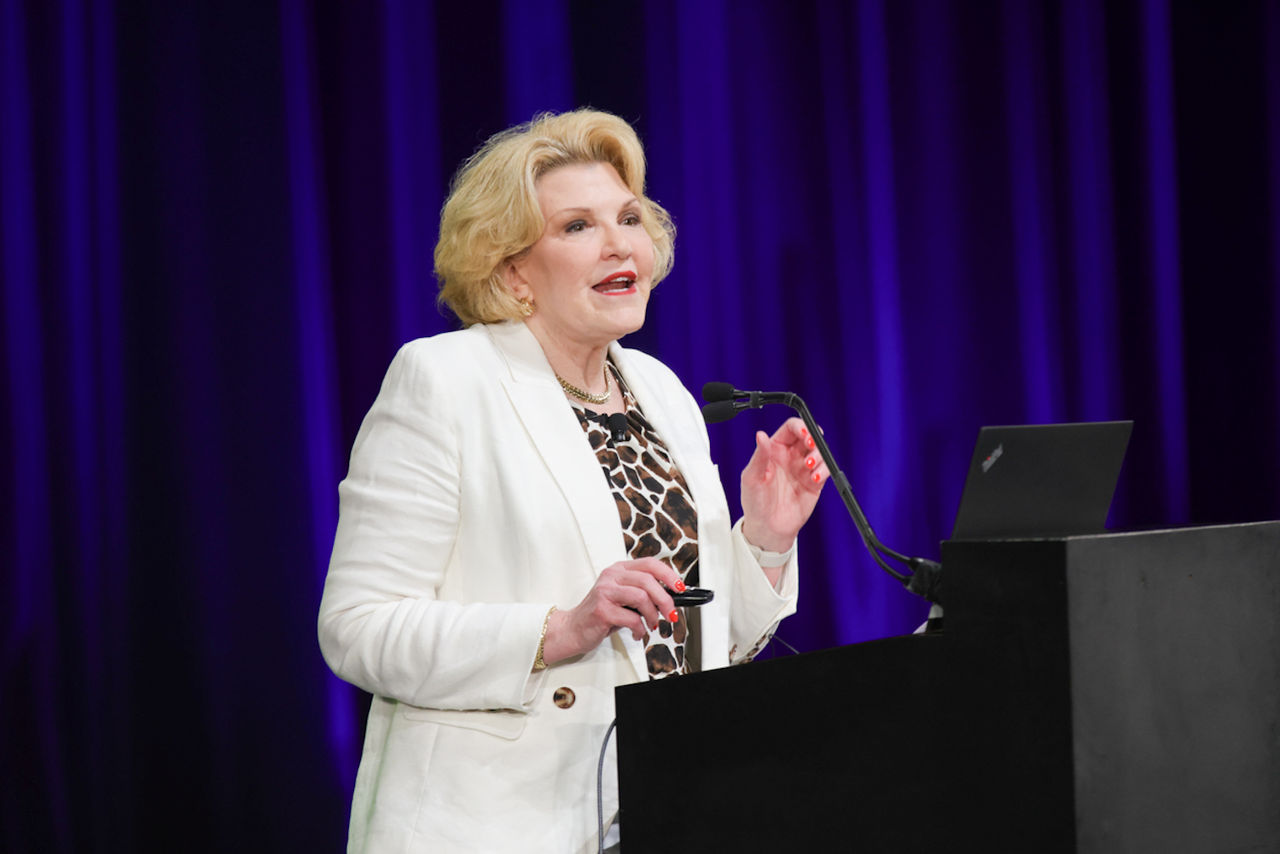Coaching and mentoring programs are becoming increasingly popular, and incorporating them into your workplace development strategy is no longer optional. However, to reap the full benefits of coaching, organizations need to follow a structured approach that resonates with today’s workforce mindset.
While traditional coaching practices have served us well in the past, current workplace dynamics demand a change in approach, a shift from 'being right' to 'getting it right'. Sir John Whitmore's GROW model serves as a primary tool to achieve this mindset shift.
GROW Model: An Instrumental Tool in Driving Coaching Efficiency
Coaching isn't about telling people what to do. It's about helping them find their own answers. The key to effective coaching is asking the right questions in the right way at the right time. This is what the GROW model is based on. The model provides a simple and practical framework for leaders and managers to engage and guide people. It helps people solve problems, set and achieve career goals, or simply make better decisions.
Unleash the Power of Coaching with the GROW Model
GROW stands for Goal, Reality, Options, and Will. Each of the four steps of the GROW model is done in sequence, with the coach asking questions and reflecting on the mentee's answers. Here's how the four-step process works in a coaching context.
Goal
Define what your team is working toward. In the spirit of the GROW model, your goals should be SMART—specific, measurable, achievable, realistic, and time-bound.
Setting goals together with the mentee builds trust and increases collaboration.
It is at this stage that some questions, such as the following, can be posed:
What are your goals?
Till how long can you independently complete a task to the best of your ability in the process of achieving your goal?
On a key performance indicator, or a scale of 1-10, where do you want to be?
Define your primary goal in a few words.
The final question regarding achievement is: How do you know that you have achieved it when it is time?
Reality
This step requires managers and their direct reports to assess where they stand relative to where they want to go. For example, if your goal is to meet the quarter’s sales target, how much have you sold so far? Do you have the product knowledge you need? Is your team equipped with the right resources and tools? Is the team aligned?
By reflecting on your current position in relation to your goals, the solution may begin to emerge.
Some helpful questions in this step are as follows:
What is currently being done (what, who, when, and how often)?
What is the impact or result?
Have you already taken any steps toward achieving your goal?
Obstacles/Options
Speaking of obstacles, your pupils need to consider what might prevent them from achieving their goals and whether there are better ways to achieve both your team's and the organization's goals.
Allowing team members to brainstorm potential obstacles and bring solutions back to their managers will help build confidence in your team members. Meanwhile, they develop the ability to manage similar projects efficiently in the future.
Typical questions that are useful in exploring options are:
What are the obstacles in your way?
What if this or that constraint were removed? Would that change things?
What are the different options you have? What are their pros and cons?
What factors or considerations will you use to weigh up the options?
What do you have to stop doing to achieve this goal?
Way Forward
This is the final step, where managers and individual contributors develop action plans. It entails the steps they need to take to complete a project or achieve a goal. From here, each team member can pull everything into order, create the schedule or plan, and begin to assemble resources. By thinking through the why's, how's, and what-ifs, your team members can stay focused on achieving their goals and be ready to overcome the obstacles that may come their way.
Then, it is useful to ask some of these questions:
What has worked for you in the past?
What steps can you take?
Do you need help? Which areas/steps do you need help for?
Where could you learn more?
What could someone else do in your place?
Imagine that you have reached your goal. Look back on the journey and tell me how you got there.
Note that most of these questions are open-ended. Keep asking open questions until the coachee has no more options to offer. When the list seems complete, ask the closed question, "Is there anything else?".
Driving Organizational Change Through the Coaching Lens
What at first appears to be an investment of time and money will soon prove invaluable to any organization seeking to develop its people. In today's work environment, coaching emerges as a powerful catalyst, driving both individual development and organizational metamorphosis. Using the GROW model can help leaders build a culture where people feel valued, empowered, capable, and motivated to solve problems and contribute great value.
An organization run by AI is not a futuristic concept. Such technology is already a part of many workplaces and will continue to shape the labor market and HR. Here's how employers and employees can successfully manage generative AI and other AI-powered systems.




